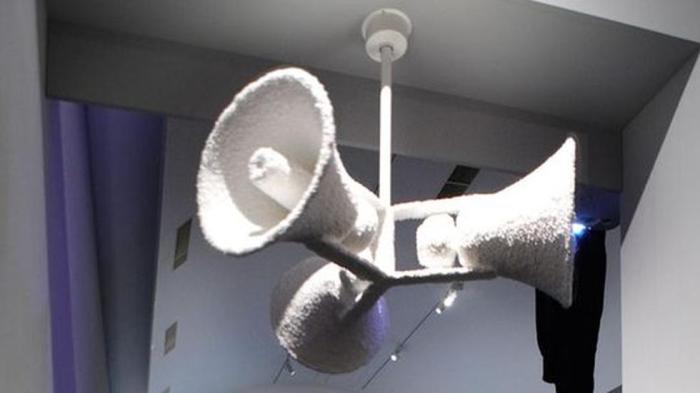Ready to take charge of your FiOS setup? Dive into the world of self-installation with our comprehensive guide, packed with insights and tips to ensure a seamless process from start to finish.
From understanding the benefits to troubleshooting common issues, this guide has you covered every step of the way.
Overview of FiOS Self Installation
FiOS self-installation allows customers to set up their own internet and TV services without the need for a professional technician. This can save time and money while providing the flexibility to install the service at a convenient time.
Benefits of FiOS Self Installation
- Cost-effective: Opting for self-installation avoids extra fees associated with professional installation.
- Convenience: Customers can set up the service on their own schedule without waiting for an appointment.
- Empowerment: Self-installation allows customers to take control of their own setup process.
Components of FiOS Self-Installation Kit
- Router: The central device that connects to the FiOS network and distributes the internet connection throughout the home.
- Modem: Converts the fiber optic signal from the network into a digital signal for use by the router.
- Cables: Ethernet and coaxial cables to connect the various components and devices.
- Instruction Manual: Step-by-step guide to help customers set up their FiOS service correctly.
Preparation for FiOS Self Installation
To ensure a successful FiOS self-installation, it is crucial to prepare your home properly. This involves gathering the necessary tools and equipment, as well as making sure your home is ready for the installation process.
Tools and Equipment Required
- FiOS Self-Installation Kit provided by your service provider
- Modem and router
- Coaxial cable
- Ethernet cables
- Power strip
- Screwdriver
- Drill (if needed for mounting)
Preparing Your Home
- Locate the ONT (Optical Network Terminal) in your home, typically found in a garage or utility room.
- Ensure there is a power outlet nearby for the modem and router setup.
- If you need to drill holes for mounting the equipment, make sure to check for any obstructions behind the walls.
- Clear the area where you plan to set up your modem and router for easy access during installation.
Prerequisites and Considerations
- Make sure you have activated your FiOS service with your provider before starting the self-installation process.
- Check that your devices are compatible with FiOS and meet the system requirements for optimal performance.
- Review the installation instructions provided in the FiOS Self-Installation Kit and familiarize yourself with the process before beginning.
Setting Up FiOS Equipment

To get your FiOS service up and running, you’ll need to set up the equipment properly. This includes connecting the FiOS router to the ONT (Optical Network Terminal) and activating the service. Here’s how you can do it:
Connecting the FiOS Router to the ONT
- Locate the ONT, usually found outside your home or in the basement.
- Connect one end of the Ethernet cable to the ONT’s Ethernet port.
- Connect the other end of the Ethernet cable to the WAN port on the FiOS router.
- Power on the FiOS router and wait for it to establish a connection with the ONT.
Activating the FiOS Service
- Once the router is connected to the ONT, open a web browser on your computer.
- Visit the FiOS activation page and follow the on-screen instructions to activate your service.
- Wait for the activation process to complete, which may take a few minutes.
- Once activated, test your internet connection to ensure everything is working correctly.
Tips for Troubleshooting Common Issues
- If you’re having trouble connecting to the internet, try power cycling the router by unplugging it for 30 seconds and then plugging it back in.
- Check all cable connections to make sure everything is securely plugged in.
- If the issue persists, contact your FiOS provider for further assistance.
Testing and Verification

After setting up your FiOS equipment, it is crucial to test and verify that everything is working correctly. This ensures that you can enjoy all the services without any interruptions.
Testing Internet Connection
- Connect your device to the Wi-Fi network or directly to the router using an Ethernet cable.
- Open a web browser and visit a website to check if you have an internet connection.
- If the page loads successfully, your internet connection is working.
Verifying Services
- Test your TV by turning it on and checking if you can access different channels.
- Make a test call from your home phone to ensure that the phone service is working properly.
- If you encounter any issues, check the cables and connections first, then contact Verizon support if needed.
Closing Summary
Mastering FiOS self installation is within your reach. With the right tools and knowledge, you can set up your services with confidence and ease. Take the plunge into self-installation and enjoy a smooth and hassle-free experience.